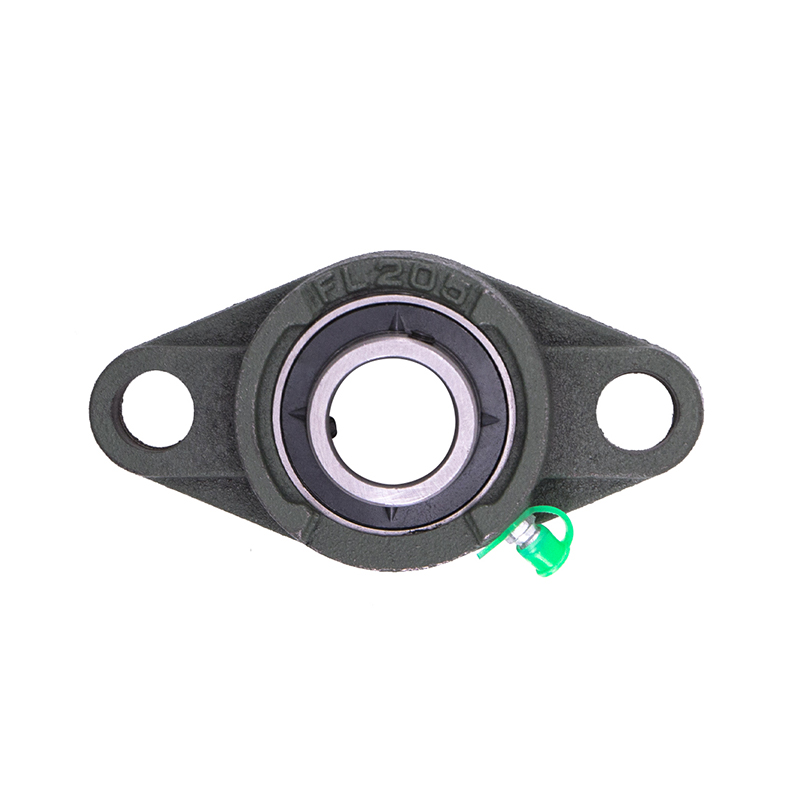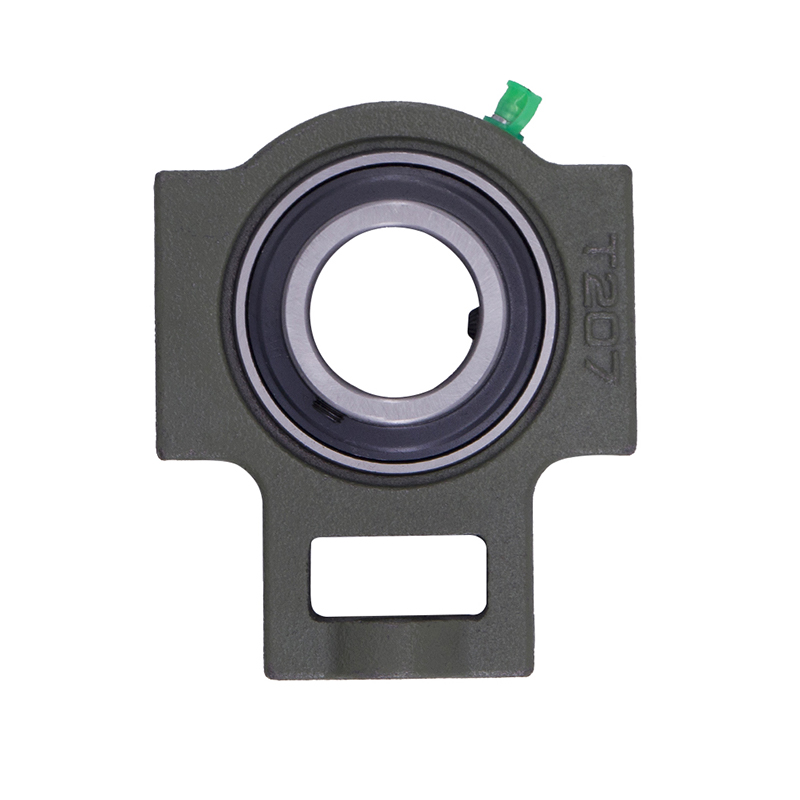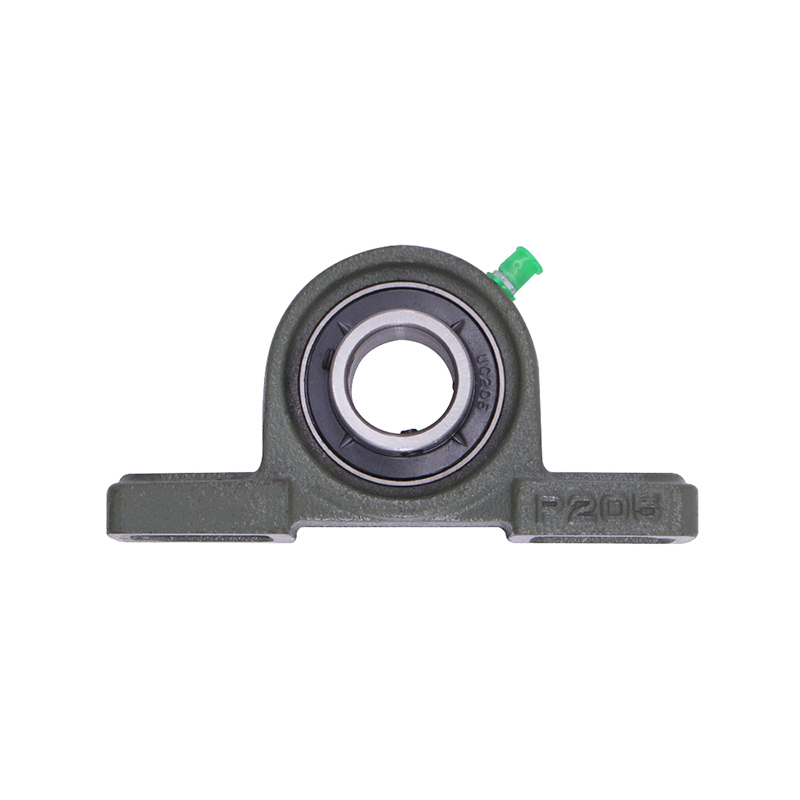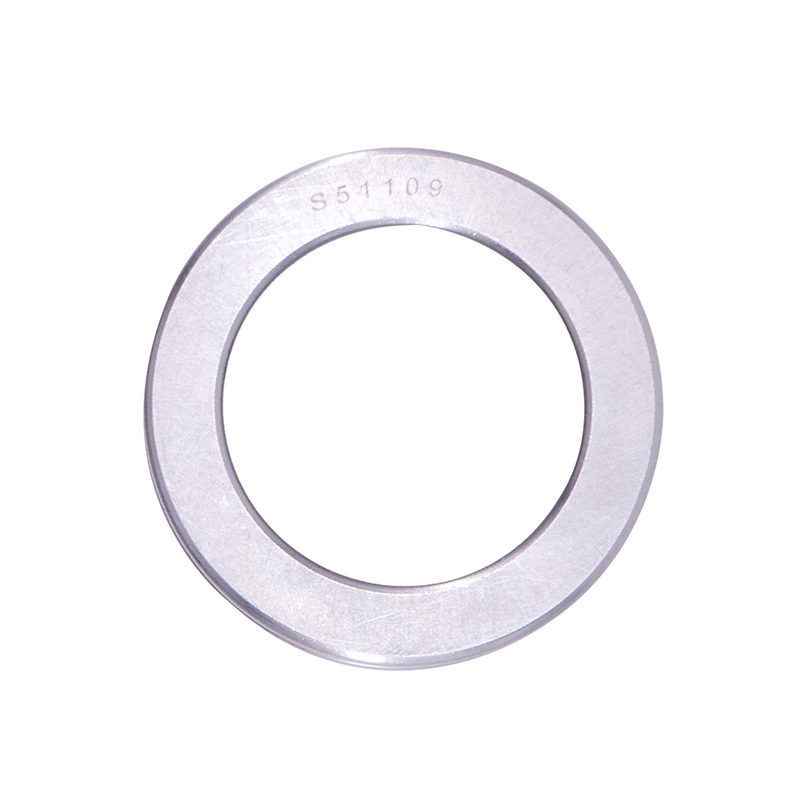-
 Wheel Hub Bearings
Wheel Hub Bearings -
 Wheel Hub Bearings
Wheel Hub BearingsDAC387436 DAC458045 Hub Deep Groove Ball Car Wheel Bearing
-
 Spherical Bearings
Spherical BearingsFL204 FL205 FL206 Stainless Steel Pillow Block Bearing
-
 Spherical Bearings
Spherical BearingsT204 T207 UC204 High Speed Insert Pillow Block Bearing
-
 Spherical Bearings
Spherical BearingsFC204 F210 Auto Wheels Bike Pillow Block Bearing
-
 Spherical Bearings
Spherical BearingsP207 206 205 203 High Precision Wheel Pillow Block Bearing
-
 Thrust Roller Bearings
Thrust Roller BearingsS51100 S51107 S51109 Car Wheel Plain Thrust Ball Bearing
-
 Thrust Roller Bearings
Thrust Roller Bearings51110 51107 51104 51206 High Speed Plain Thrust Ball Bearing
How to Choose a Needle Bearing?
Industry news-Selecting an appropriate needle bearing manufacturer is a critical step in ensuring mechanical reliability and operational efficiency in various machinery. Needle bearings are widely used in automotive, industrial, and aerospace applications due to their compact design and ability to handle high radial loads. However, the wide range of types, materials, and configurations can make the selection process complex.

1. Assessing Load Requirements
Understanding the loads that a needle bearing will encounter is the step in selecting an appropriate model.
Radial Load Capacity: Needle bearings are primarily designed to handle high radial loads. It is essential to determine the magnitude and direction of the radial forces in the application. Selecting a bearing with insufficient radial load capacity can premature deformation or failure.
Axial Load Consideration: While needle bearings are less suited for axial loads, certain designs, such as thrust needle bearings, can support limited axial forces. Evaluating whether axial support is necessary ensures proper bearing selection.
Dynamic vs. Static Loads: Dynamic loads involve continuous movement, while static loads remain constant. Bearings should be selected based on the expected load patterns, with dynamic load ratings used to predict service life under operational conditions.
By carefully assessing the load requirements, designers can avoid selecting a bearing that either underperforms or adds unnecessary bulk and cost to the system.
2. Evaluating Operating Conditions
Operating conditions such as speed, temperature, and environmental exposure significantly influence bearing performance and lifespan.
Rotational Speed: High-speed applications require bearings with precise tolerances and adequate lubrication to prevent overheating and excessive wear. Needle bearings with thinner rollers are often preferred for high-speed conditions due to reduced friction.
Temperature Range: Bearings must withstand the thermal conditions of their operating environment. Temperatures can affect both the material properties and lubrication performance. Selecting a bearing with heat-resistant materials or coatings can prevent early failure.
Contamination and Environment: Dust, moisture, and chemical exposure can degrade bearing performance. Sealed or shielded needle bearings can offer protection against contaminants, while open designs may be suitable for controlled environments.
Considering these factors ensures that the bearing maintains consistent performance over time, reducing the risk of unexpected downtime.
3. Material and Design Selection
The materials and specific design features of a needle bearing directly affect its durability and suitability for the intended application.
Bearing Materials: Common materials include hardened steel, stainless steel, and specialized alloys. Hardened steel provides general durability, while stainless steel offers corrosion resistance. Selecting the correct material ensures the bearing can withstand mechanical and environmental stressors.
Cage Design: The cage maintains the spacing of the rollers and affects friction and heat generation. Designs may include pressed steel, polyamide, or brass cages. Each type has distinct advantages, such as reduced weight, improved lubrication retention, or increased wear resistance.
Roller Dimensions: The length-to-diameter ratio of needle rollers influences load distribution and bearing stiffness. Bearings with longer rollers generally handle higher radial loads but may require more precise alignment during installation.
Material and design considerations allow engineers to balance performance, cost, and longevity in bearing selection.
4. Installation and Maintenance Considerations
The installation process and subsequent maintenance requirements play an important role in extending the operational life of needle bearings.
Fit and Tolerances: Proper fit ensures that the bearing operates under load distribution. Needle bearings often require an interference or transition fit in the housing or shaft, depending on whether the bearing is stationary or rotating. Incorrect fits can premature wear or misalignment.
Lubrication Requirements: Needle bearings typically require consistent lubrication to reduce friction and wear. Selecting a bearing compatible with the available lubrication method—grease or oil—simplifies maintenance and prevents operational issues.
Ease of Replacement: Some needle bearings are designed for easy removal and replacement, which can reduce maintenance downtime. Considering the ease of servicing during the design phase can more efficient long-term operation.
By considering installation and maintenance factors, engineers can reduce the risk of early failure and ensure reliable performance over time.

 English
English русский
русский Español
Español
